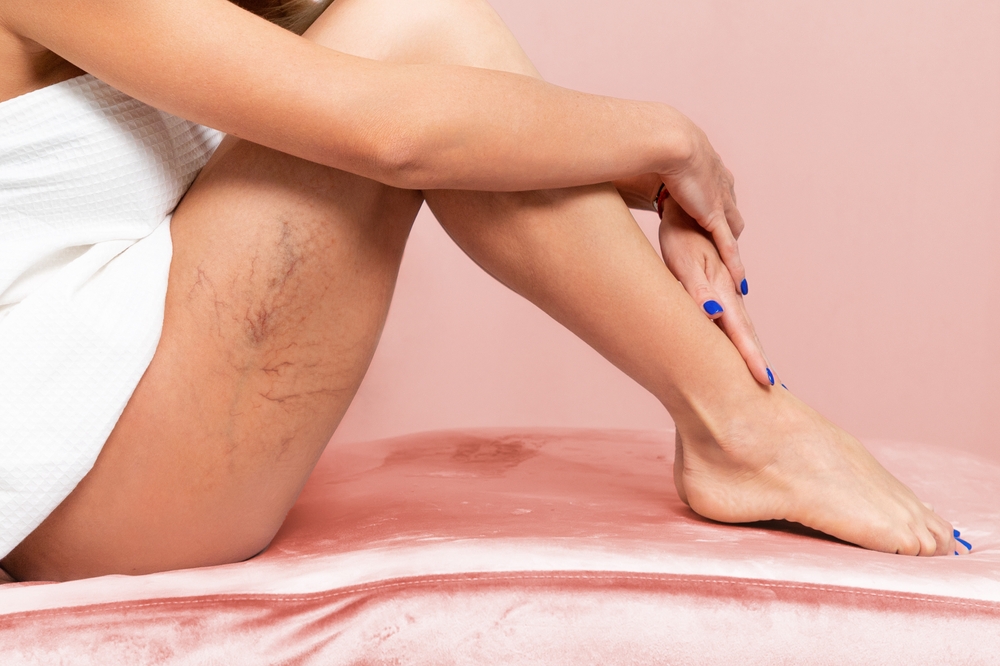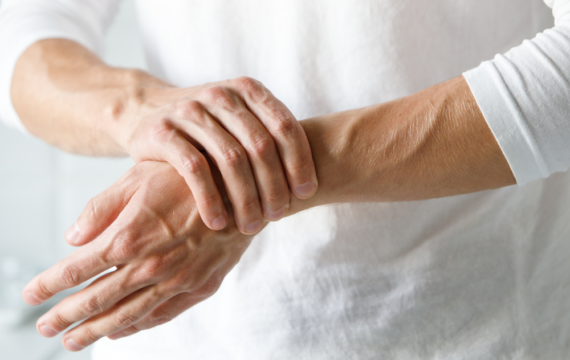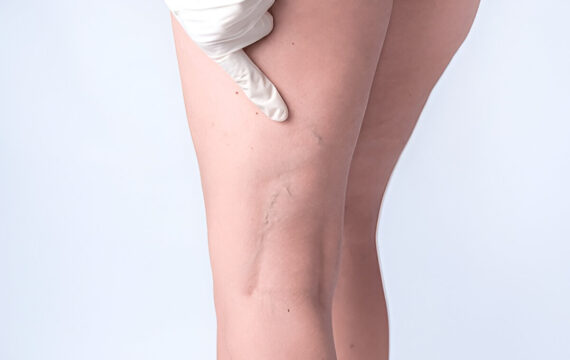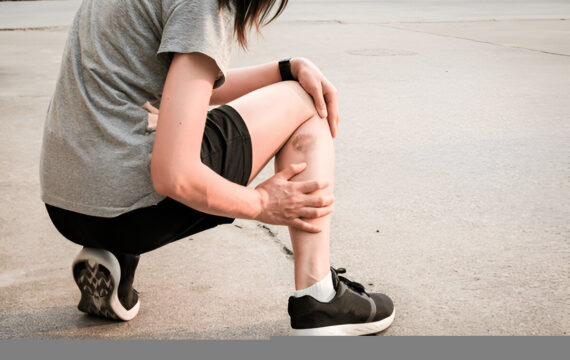Spider veins, or telangiectasia, are small, dilated blood vessels that appear close to the surface of the skin, often resembling a web or tree branch. They can be red, purple, or blue, and commonly appear on the legs and face. While they are usually harmless and do not pose serious health risks, many people seek treatment for cosmetic reasons. Understanding the causes of spider veins can help in prevention and management.
What Causes Spider Veins?
- Genetics: Family history plays a significant role in the development of spider veins. If your parents or grandparents had them, there is a higher likelihood you will too. Genetic predisposition affects the structural integrity of veins, making them more prone to dilation.
- Hormonal Changes: Hormonal fluctuations can significantly impact blood vessel health. Conditions such as pregnancy, puberty, menopause, and the use of hormonal birth control can lead to the development of spider veins. Increased levels of estrogen may weaken vein walls, contributing to their appearance.
- Prolonged Sitting or Standing: Occupations or lifestyles that require long periods of sitting or standing can cause blood to pool in the veins of the legs, leading to the development of spider veins. This is particularly common in people who work at desks or in retail.
- Obesity: Excess body weight can increase pressure on the veins in the legs, making them more likely to become engorged and visible. Maintaining a healthy weight is crucial for vein health.
- Sun Exposure: Overexposure to sunlight can damage the skin and blood vessels, especially in fair-skinned individuals. UV rays can weaken the skin, making veins more noticeable.
- Age: As we age, our skin loses elasticity, and the valves within veins may weaken. This natural aging process increases the likelihood of developing spider veins.
- Injury or Trauma: Previous injuries to the skin or underlying veins can lead to spider veins. The trauma can cause the veins to become inflamed and visible.
Prevention and Management
While not all spider veins can be prevented, there are steps you can take to minimize their appearance:
- Maintain a Healthy Weight: Keeping your weight in check can reduce pressure on your veins.
- Stay Active: Regular exercise improves circulation and helps prevent blood from pooling in the legs.
- Elevate Your Legs: Elevating your legs while sitting can help reduce pressure on your veins.
- Wear Compression Stockings: Compression garments can support veins and improve blood flow, reducing the risk of spider veins.
- Protect Your Skin from the Sun: Wearing sunscreen can prevent skin damage and reduce the likelihood of spider veins.
Treatment Options
If you’re concerned about spider veins, several treatment options are available:
- Sclerotherapy: This procedure involves injecting a solution into the affected veins, causing them to collapse and fade from view.
- Laser Therapy: Laser treatments use targeted light energy to treat spider veins, making them less visible.
- Electrosurgery: This technique uses electrical energy to seal off small spider veins.
Conclusion
While spider veins are often seen as a cosmetic concern, understanding their causes can empower you to take preventative measures. If you’re worried about their appearance or have questions about treatment options, consulting with a healthcare provider can provide personalized advice and solutions.




